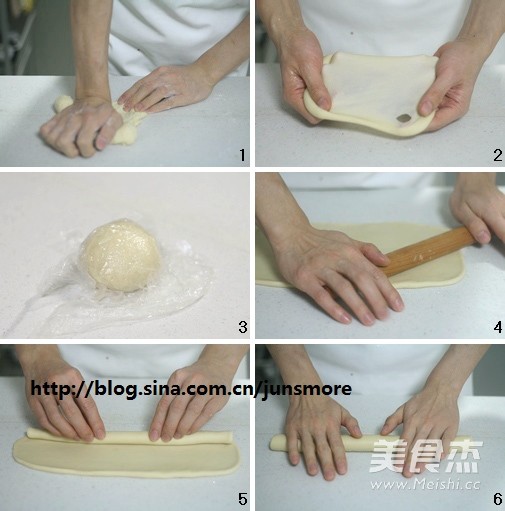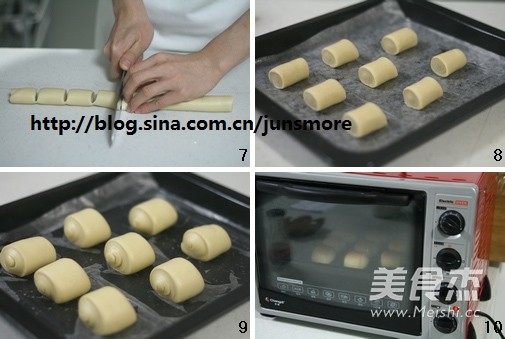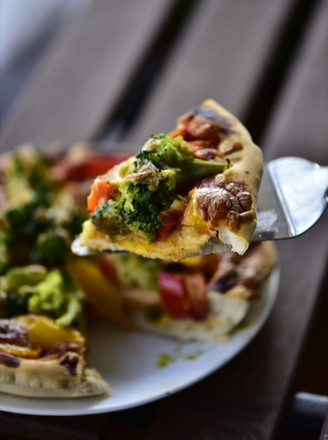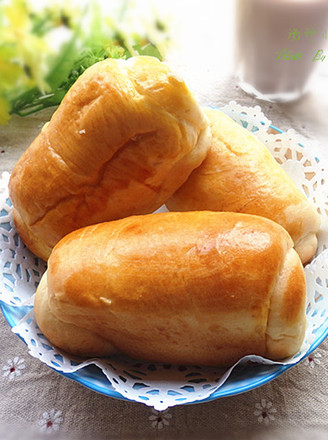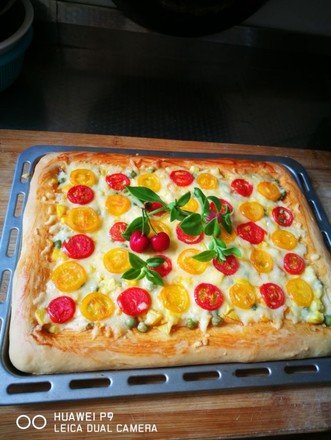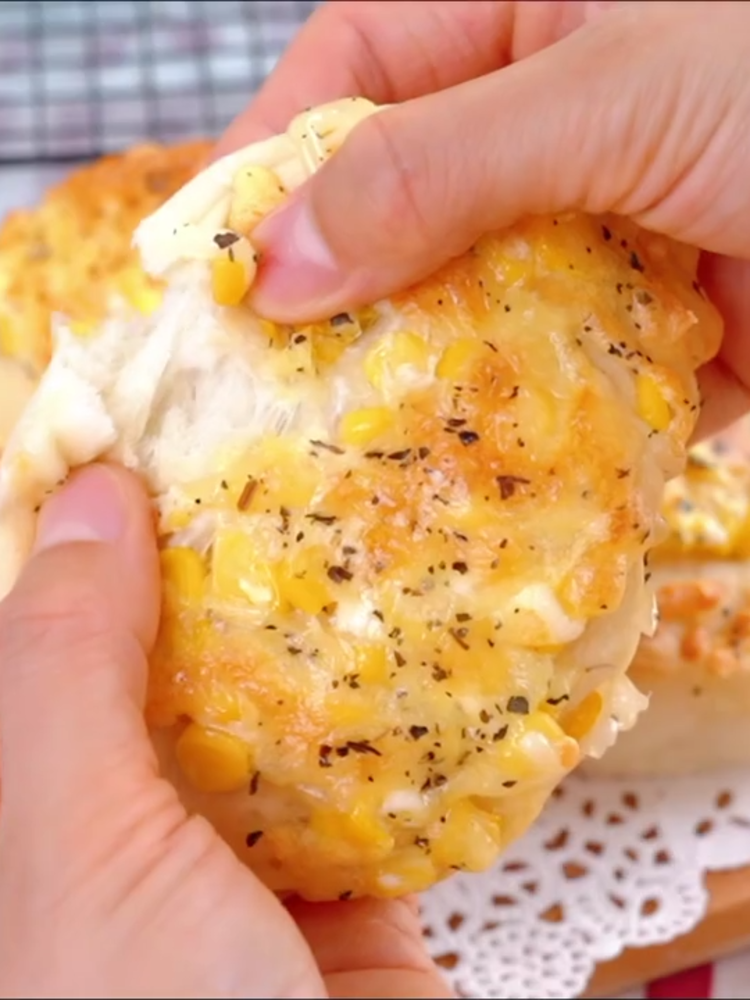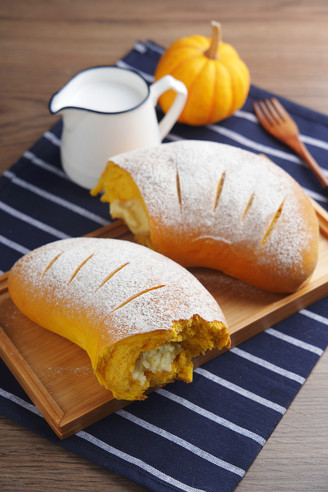Milky Buns
by Junzhi
Favorite
Difficulty
Easy
Time
1h
Serving
2
People who don’t play baking may find it difficult to understand why someone would spend hours just making so many small breads.
Really, don't look at just a few small breads, kneading the dough is exhausting, fermenting and waiting for the dead, and I can put them in all night, and I will be able to dry them all by myself the next morning-it may not be enough to eat.
However, those who don't play baking will not understand the happiness we experience after the process of making bread. At least for me, the satisfaction of eating bread made by myself has been there for many years.
Today’s buns are difficult to knead, have a slow fermentation, and taste great. Play with your own baking, eat homemade bread, and feel your own happiness. This feeling, you know~
Really, don't look at just a few small breads, kneading the dough is exhausting, fermenting and waiting for the dead, and I can put them in all night, and I will be able to dry them all by myself the next morning-it may not be enough to eat.
However, those who don't play baking will not understand the happiness we experience after the process of making bread. At least for me, the satisfaction of eating bread made by myself has been there for many years.
Today’s buns are difficult to knead, have a slow fermentation, and taste great. Play with your own baking, eat homemade bread, and feel your own happiness. This feeling, you know~


